Table of Contents
Tests On Rocks: Introduction
Various tests are performed on the rocks to check the quality and geological analysis of the rocks. Rock is an important material that provides valuable insight into Earth’s history and geological processes.
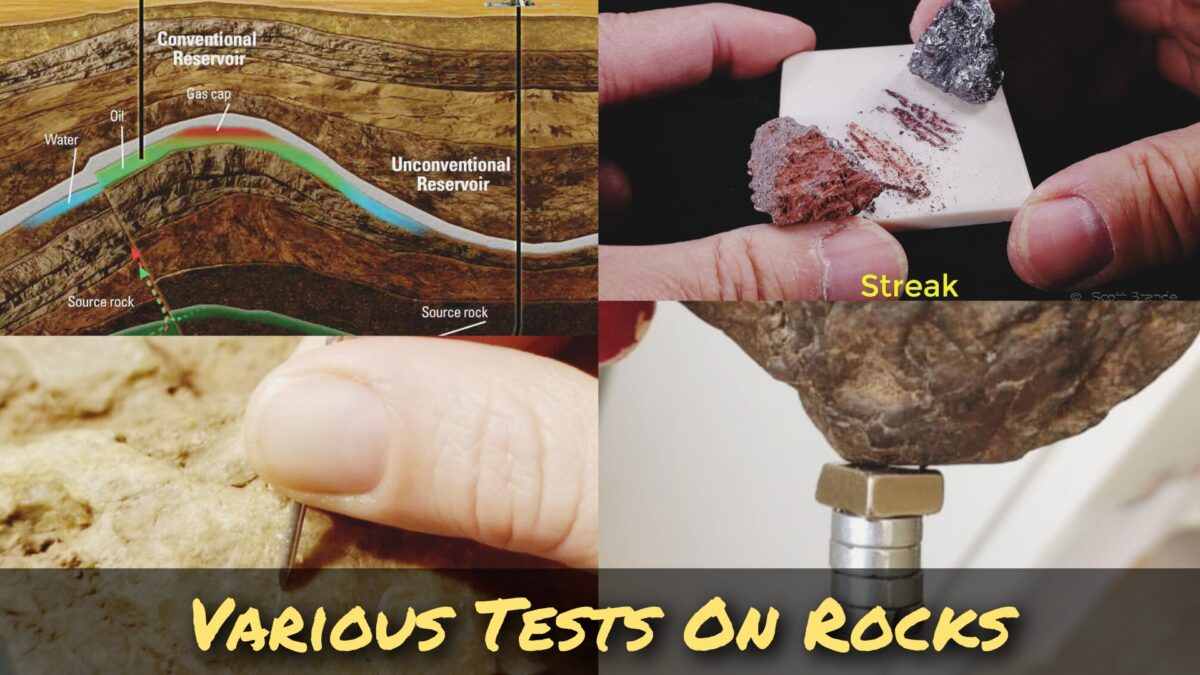
These tests are performed by geologists to analyze rocks and uncover important information about their composition, structure and origin. In this blog article, I’ll describe 10 tests on rocks.
Rock Tests List
- Visual Inspection.
- Hardness Test.
- Acid Reaction Test.
- Magnetism Test.
- Streak Test.
- Density Test.
- Petrographic Microscope Analysis.
- X-Ray Diffraction (XRD).
- Scanning Electron Microscopy (SEM).
- Geochemical Analysis
Rocks Tests: Detailed Description
We will learn about these rock tests in detail.
1. Visual Inspection:
The first step in rock analysis is a visual examination. Geologists carefully observe the rock’s color, texture, and mineralogy.
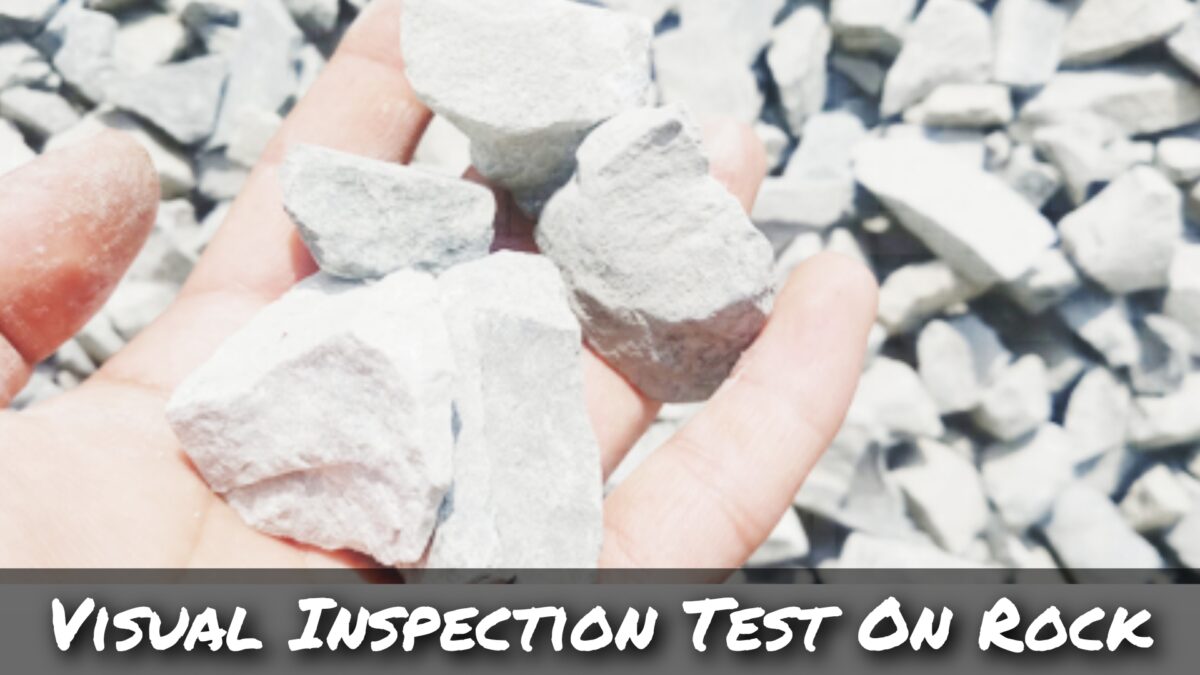
Color variations can indicate different mineral compositions, while texture reveals details about the rock’s formation process, such as rapid cooling or slow crystallization.
This preliminary inspection helps geologists identify potential areas of interest and select appropriate testing methods.
2. Hardness Test:
The hardness test assesses a rock’s resistance to scratching and abrasion.
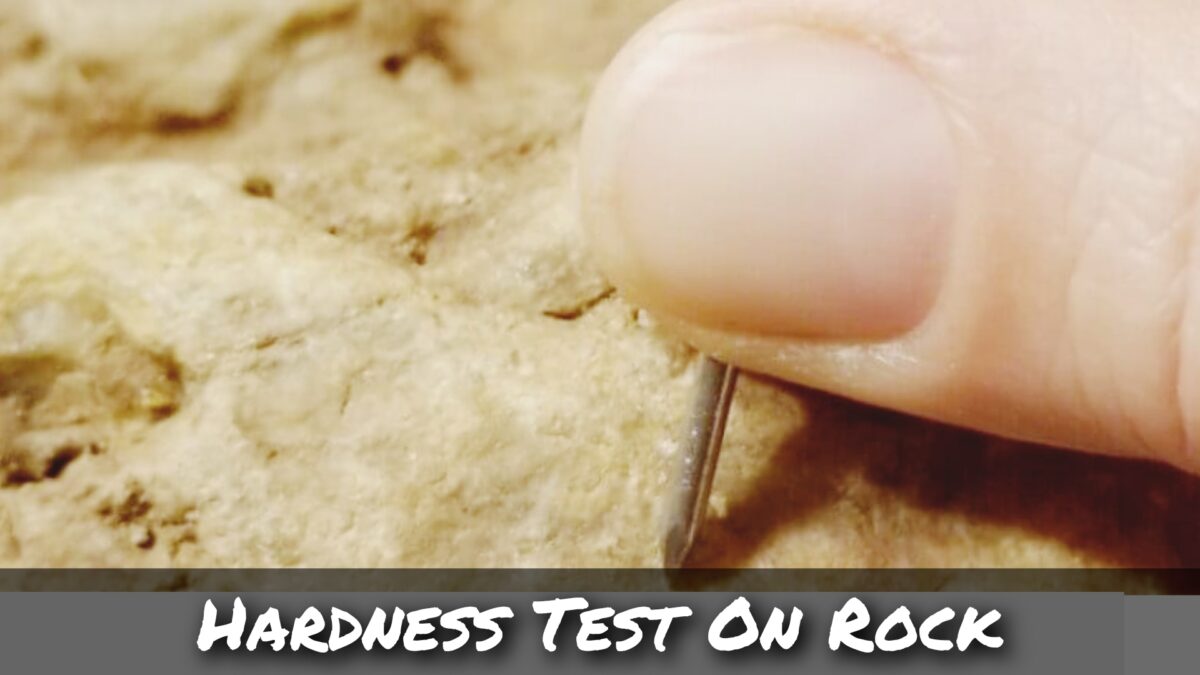
Geologists commonly use Mohs scale of mineral hardness, which ranks minerals from 1 (softest) to 10 (hardest).
By comparing the rock’s resistance to known minerals, such as talc (1) or diamond (10), geologists can estimate the rock’s hardness and infer its mineral composition.
3. Acid Reaction Test:
Certain rocks contain carbonate minerals, which react with acid.
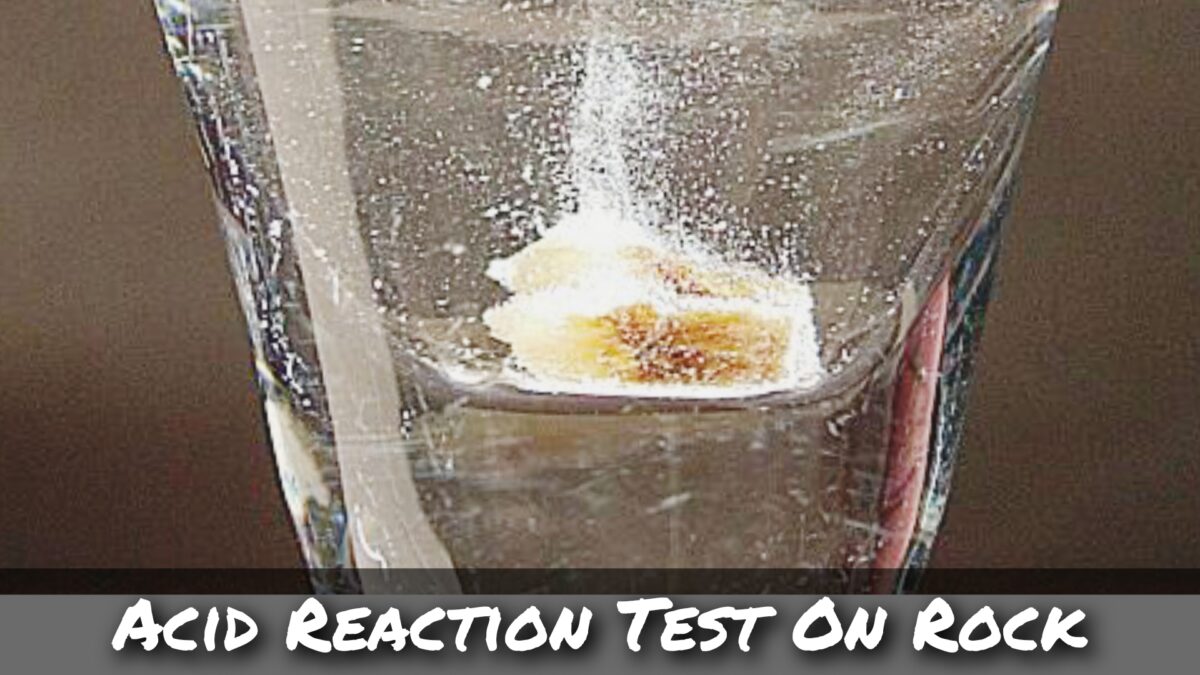
Geologists employ a dilute acid, typically hydrochloric acid, to determine if a rock contains carbonates.
When acid is applied, an effervescence or fizzing occurs, indicating the presence of carbonates. This test assists in identifying carbonate-rich rocks like limestone or marble.
4. Magnetism Test:
The magnetism test investigates a rock’s magnetic properties. Some rocks contain magnetic minerals, such as magnetite.
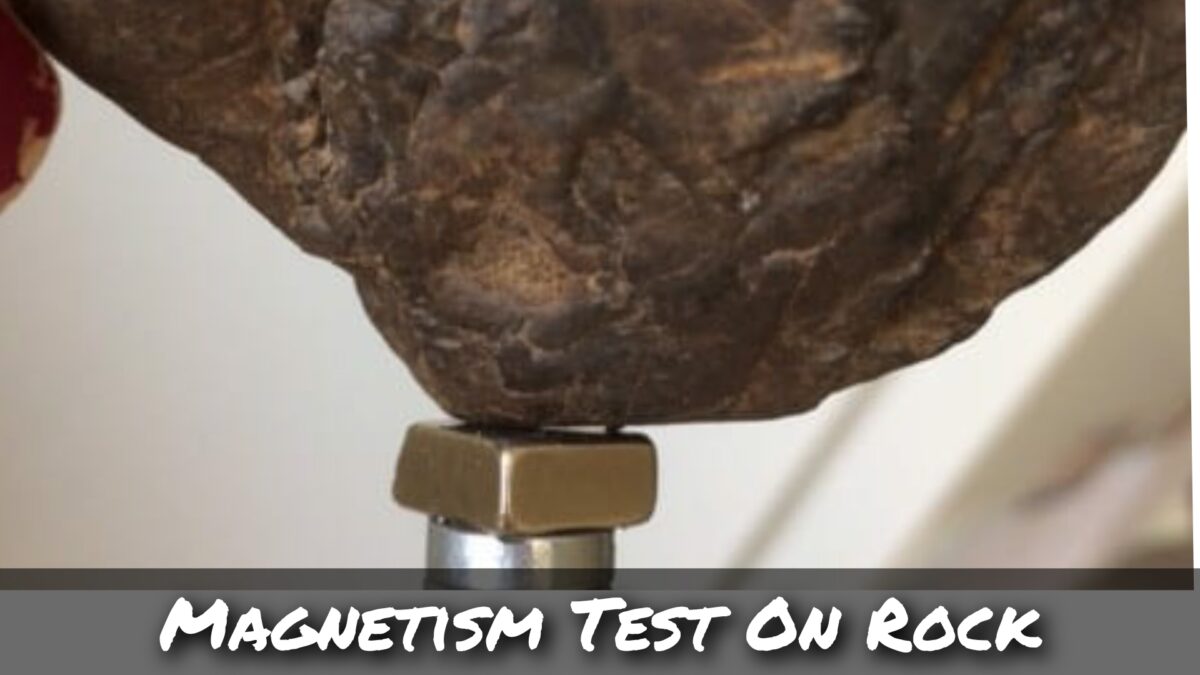
Geologists use a magnet to determine if a rock exhibits magnetic attraction. The intensity of attraction can indicate the amount of magnetic minerals present and provide insights into the rock’s geological history.
5. Streak Test:
The streak test helps determine the color of a rock’s powdered form. Geologists rub the rock against an unglazed porcelain plate, producing a streak of powdered minerals.
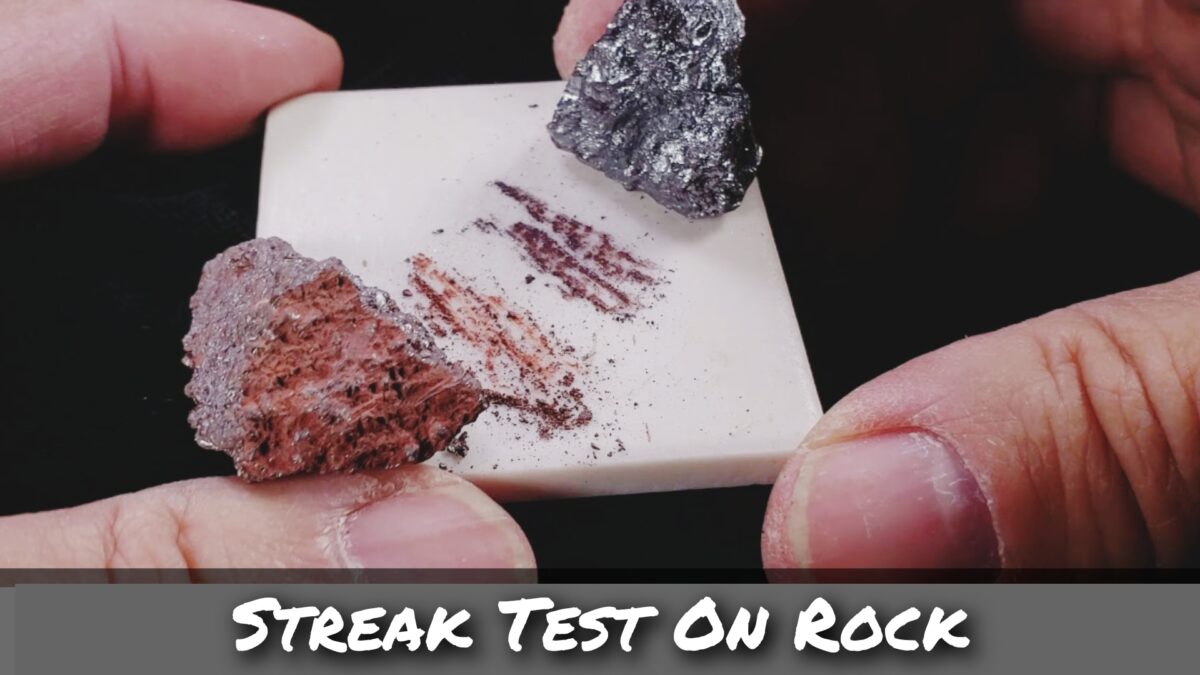
The color of the streak can differ from the rock’s external color due to mineral impurities. This test aids in identifying minerals present in the rock.
6. Density Test:
Density testing measures the mass of a rock per unit volume. Geologists determine the rock’s density by comparing its weight to the volume it displaces in water.
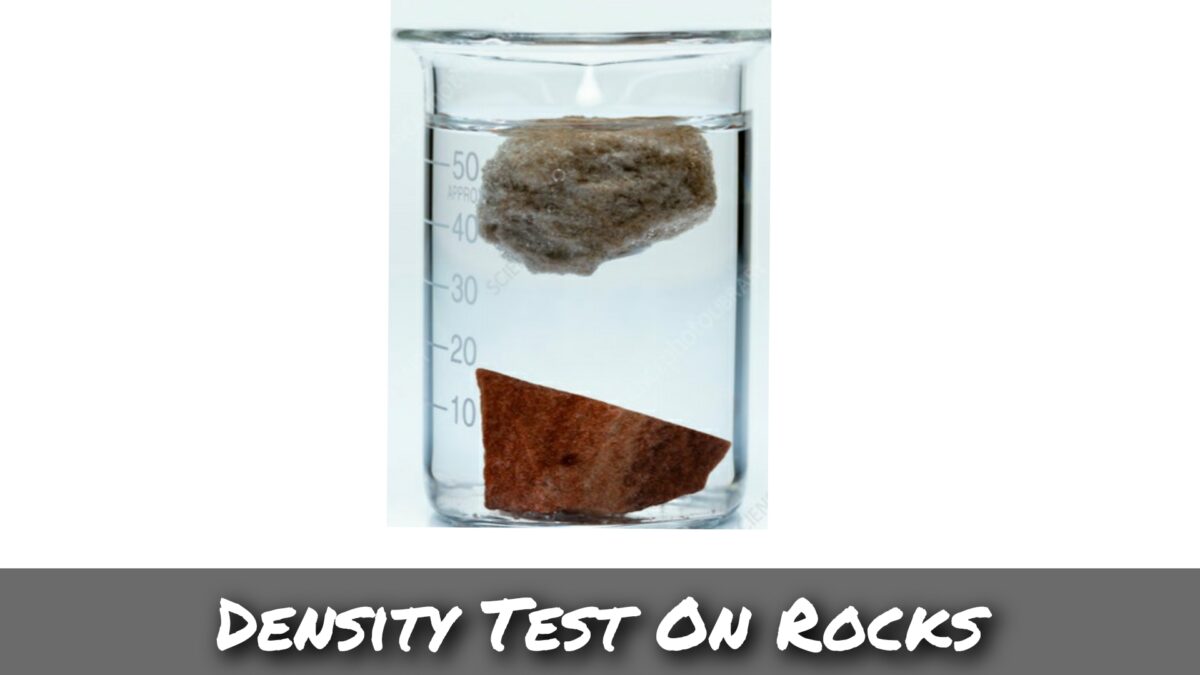
Density varies depending on the rock’s composition and porosity. This test provides insights into the rock’s mineral content and can aid in distinguishing between different rock types.
7. Petrographic Microscope Analysis:
Petrographic microscope analysis involves thin-section preparation and examination under a polarized light microscope.
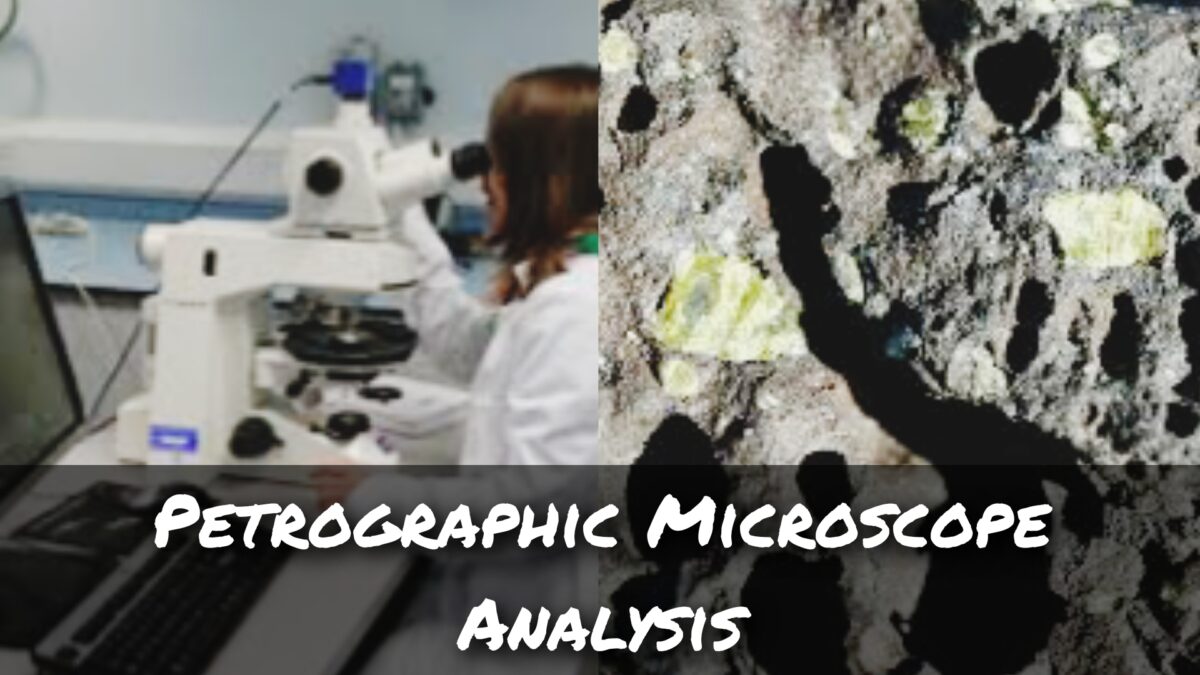
Geologists cut thin slices of rock and mount them on glass slides. By observing the rock’s mineral composition, texture, and fabric under polarized light, they can identify minerals, detect structures like foliation or cleavage, and determine the rock’s origin and metamorphic history.
8. X-Ray Diffraction (XRD):
XRD is a technique used to analyze the crystal structure and mineral composition of rocks. Geologists direct an X-ray beam onto the rock sample, and the diffracted X-rays produce a distinctive pattern.

This pattern helps identify minerals by comparing it to a database of known mineral patterns. XRD is particularly useful in determining the presence of clay minerals, quartz, feldspars, and other crystalline substances.
9. Scanning Electron Microscopy (SEM):
SEM allows geologists to study the surface morphology and elemental composition of rocks at high magnification.
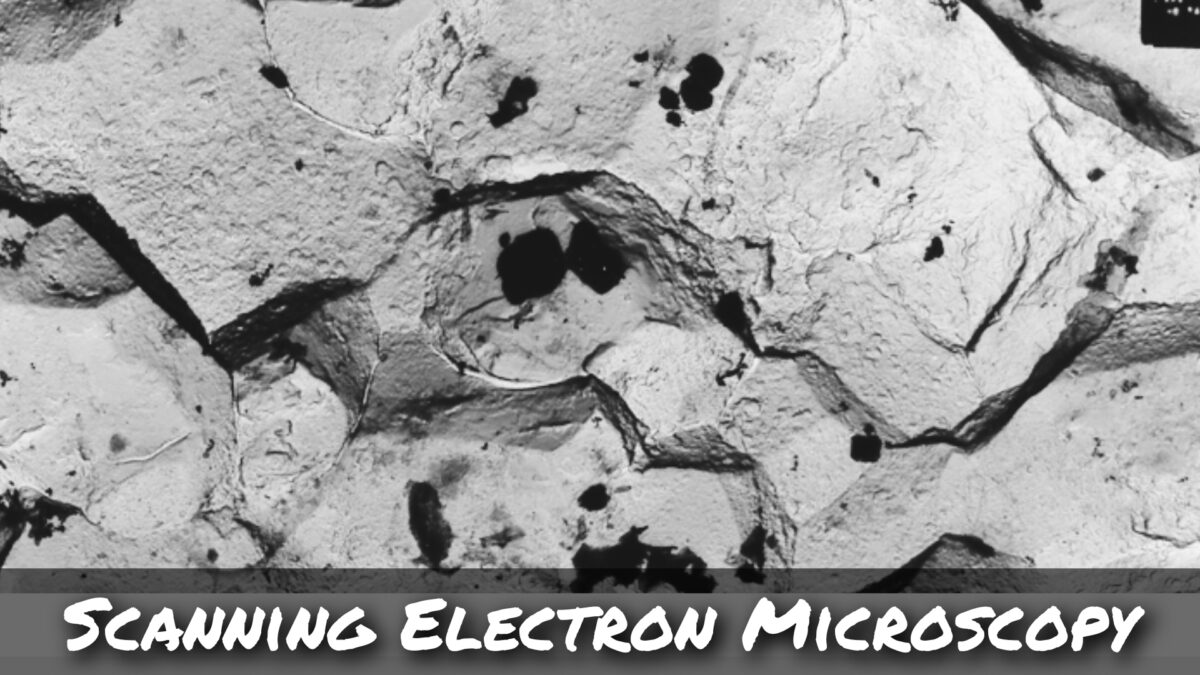
A focused electron beam scans the rock’s surface, producing images and data. SEM analysis provides detailed information about the rock’s texture, mineralogy, and chemical composition.
It can also reveal features such as grain boundaries, fractures, and weathering patterns, aiding in the interpretation of rock formation and alteration processes.
10. Geochemical Analysis:
Geochemical analysis involves the examination of rock samples for their elemental and isotopic compositions.

This test provides insights into the rock’s origin, tectonic setting, and alteration history. Techniques such as Inductively Coupled Plasma Mass Spectrometry (ICP-MS) and Atomic Absorption Spectroscopy (AAS) allow geologists to quantify trace elements and major elements present in the rock.
Isotopic analysis, including stable isotopes (e.g., carbon, oxygen) and radiogenic isotopes (e.g., uranium, lead), provides information about the rock’s age, source, and geological processes.
Sum Up
Geologists use different tests to study rocks and learn about Earth’s history and how it was formed. These tests include looking at rocks, checking how hard they are, and using advanced techniques like X-rays to study their properties.
By combining the results of these tests, geologists can figure out Earth’s geological past and discover hidden secrets in rocks.
